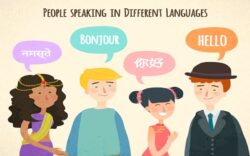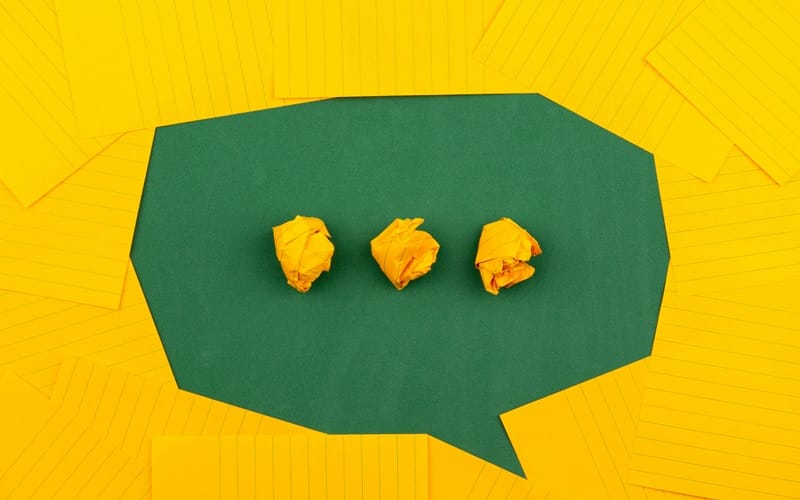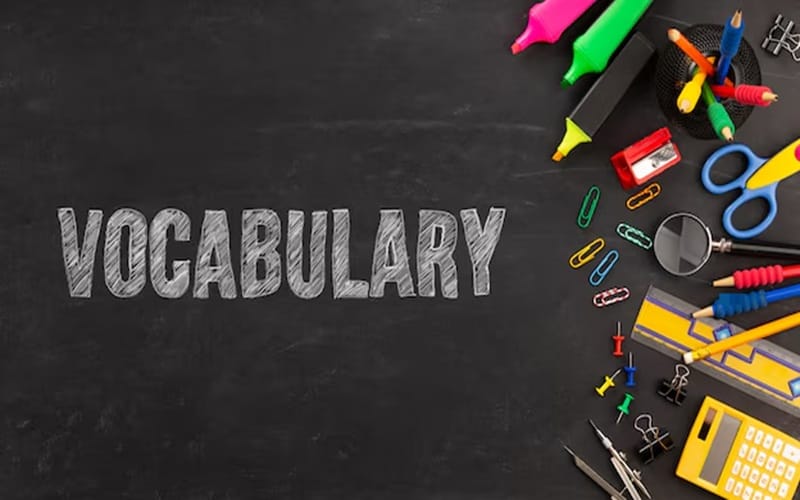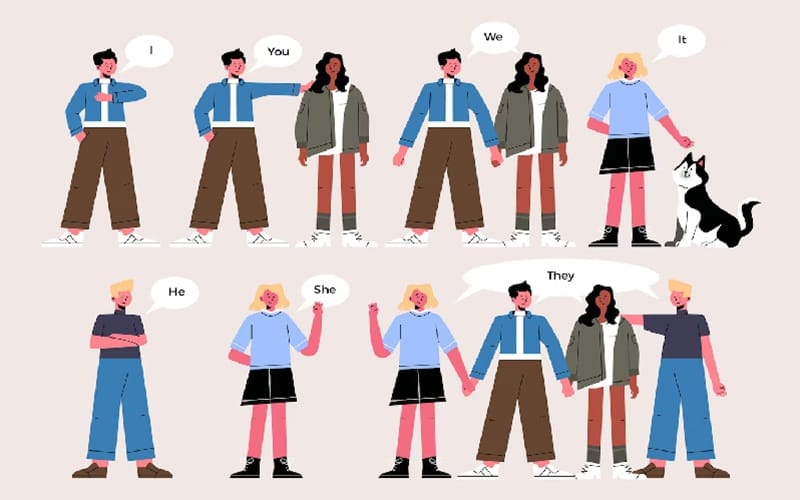Month: October 2024
Conversational Analysis, A the study of human interaction
Conversational Analysis is an approach to the study of social interaction that empirically investigates the mechanisms by which humans achieve mutual understanding. A conversation refers to two or more individuals involved in a conversation [more…]
Parts of Speech Tagging in NLTK
In corpus linguistics, POS Tagging (Parts of Speech Tagging) also called grammatical tagging is a process of marking up words in text format for a particular part of a speech based on its definition [more…]
Vader for text Analysis
VADER (Valence Aware Dictionary and sEntiment Reasoner) is a sentiment analysis tool specifically attuned to sentiments expressed in social media. It is sensitive to both polarity (positive/negative) and intensity (strength) of emotion. VADER is [more…]
Taxonomy in Natural Language Processing
In natural language processing (NLP), taxonomy, ontology, and knowledge graphs play critical roles in enabling machines to understand, categorize, and derive meaning from human language. These frameworks help structure linguistic data, provide context, and [more…]
Glossary Standardization and Synonyms in Arabic Language
Glossary standardization and the use of synonyms in the Arabic language present unique challenges and opportunities, especially in fields like translation, localization, and knowledge management. Arabic is a rich and diverse language with multiple [more…]
Ontologies Can Help Machines Understand Human Language.
In natural language processing (NLP), taxonomy, ontology, and knowledge graphs play critical roles in enabling machines to understand, categorize, and derive meaning from human language. These frameworks help structure linguistic data, provide context, and [more…]
Subject Pronouns: A Syntactic and Semantic Representation
Space, Time, characters, events, causation and relationships are things that we expect to encounter in the study of the physical world, but the work of theoretical linguists has shown that these concepts also figure [more…]



















